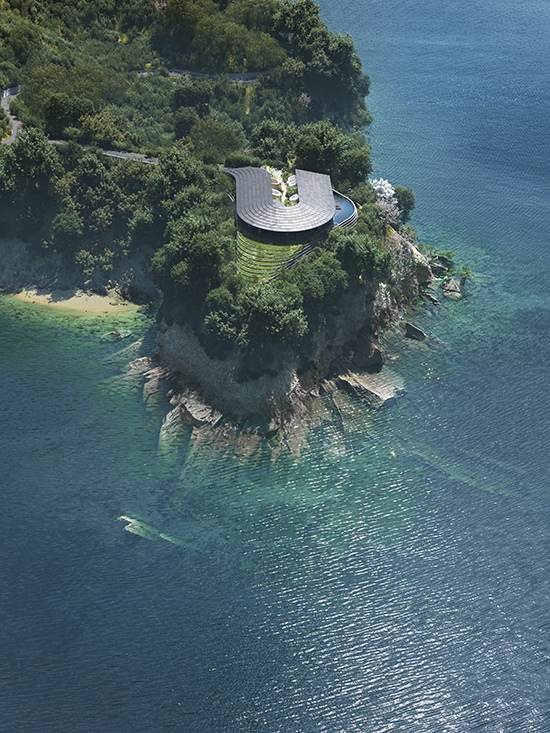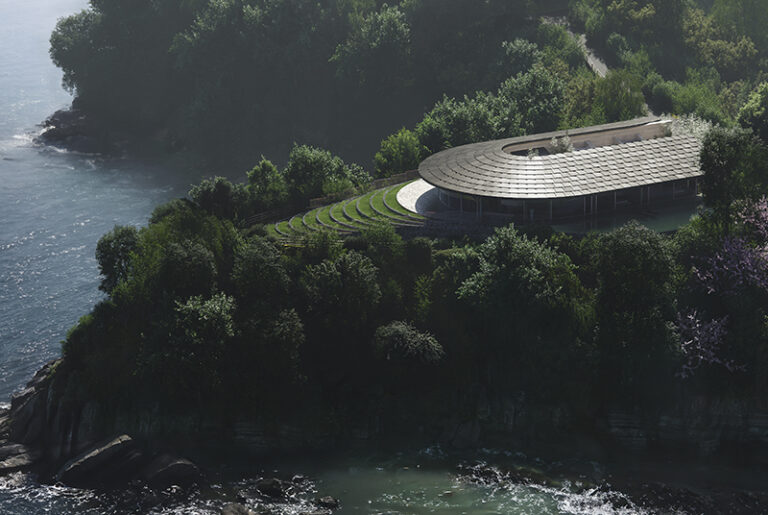
A Harmonious Blend of Danish and Japanese Architecture: NOT A HOTEL on Sagi Island
Nestled atop the serene landscape of Sagi Island, the newly unveiled NOT A HOTEL project epitomizes the seamless integration of architecture and nature, featuring a curved roof that harmonizes with the island’s topography. This stunning structure offers panoramic views of the Seto Inland Sea and draws inspiration from traditional Japanese landscape paintings, creating a unique dialogue between Scandinavian and Japanese design principles.
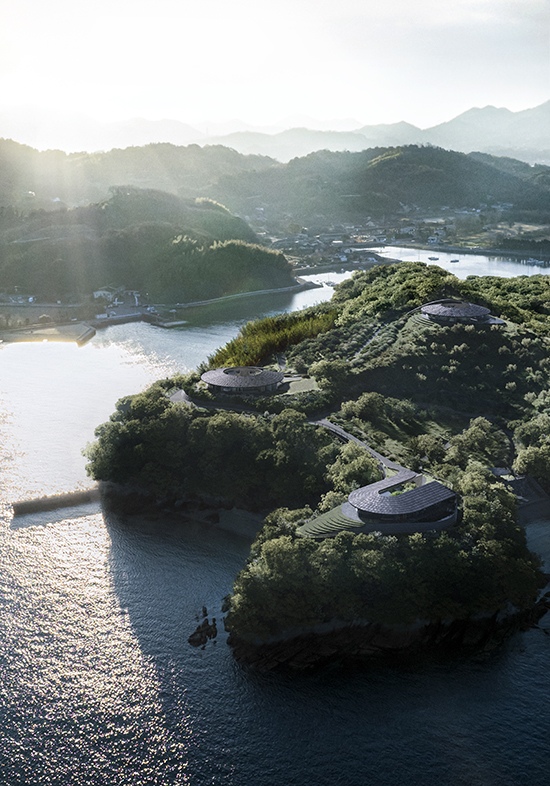
A Fusion of Cultures: Danish Modern Meets Japanese Tradition
“The relationship between Scandinavian and Japanese design began in the 19th century when Japan opened its borders to international travelers. Soon after, Scandinavian designers began visiting the country and quickly became fascinated by the Japanese style for its simplicity, use of natural materials, and connection to nature – the same principles that guided the design ethos for NOT A HOTEL Setouchi,” explains Bjarke Ingels, Founder and Creative Director of BIG (Bjarke Ingels Group).
“Traditional Danish modern architecture is deeply informed by traditional Japanese architecture. The simplicity, the absence of ornament in favor of careful and thoughtful detailing, the choice of materials, and the Danish idea of democratic design all contribute to a fruitful conversation between Danish and Japanese culture,” Ingels continues. “We are very excited to continue this conversation into the future, working with the dramatic and undulating silhouettes of the green hilly islands, almost resembling traditional Japanese landscapes. This project is an exciting canvas for an architect.”
The collaboration between BIG and NOT A HOTEL, initiated in 2022, aims to create a luxurious resort on Sagi Island, a picturesque location within the Seto Inland Sea. Spanning 30,000 sqm, the resort offers an unparalleled view of the surrounding sea and landscape, blending modern design with natural beauty.

Modern Interpretation of Sustainability
The entire roof of NOT A HOTEL on Sagi Island is covered with solar panels, providing a modern technological interpretation of traditional Japanese roofs. The elevated roof collects rainwater for irrigating the landscaped gardens. In the spring and summer, the exterior walls and eaves can be opened to enable passive cooling. This innovative approach not only minimizes environmental impact but also ensures that the structure remains in harmony with its natural surroundings.
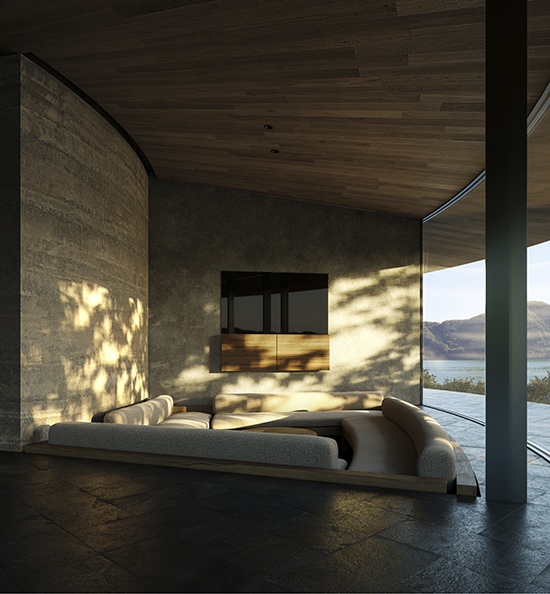
Elevating Japanese Tourism
Shinji Hamauzu, CEO and Founder of NOT A HOTEL, elaborates on the project’s significance: “In recent decades, Japan has gained attention as a destination for stunning natural landscapes, high-end design, innovative architecture, and cutting-edge art. The Seto Inland Sea area encapsulates all these aspects. By partnering with BIG, we are creating one of Japan’s most luxurious villas on Sagi Island, serving as a gateway for more people to experience the charm of the Setouchi region.”
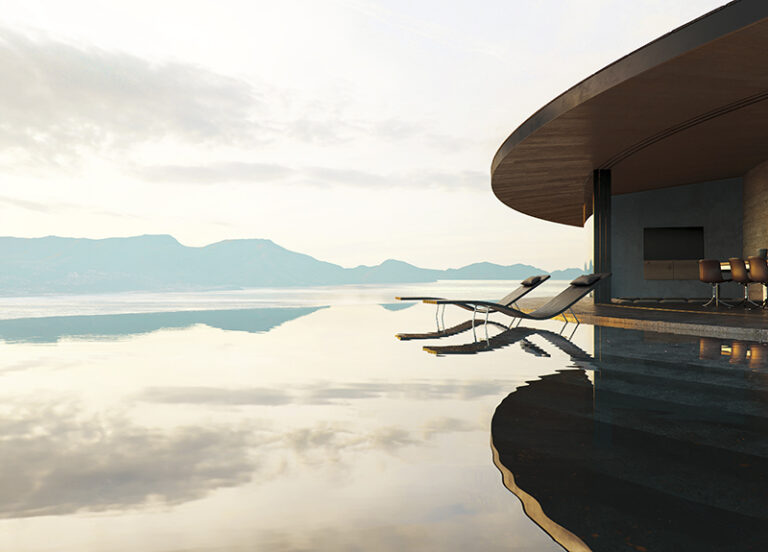
A Master Plan Rooted in Nature
The project’s master plan emphasizes environmental restoration, with efforts to harvest grass and reintroduce native vegetation such as olive and lemon trees. The resort features three distinct villas named 360, 270, and 180, each reflecting its specific location and the degree of its panoramic views. The circular Villa 360 sits at the highest point, offering sweeping views of Setouchi, while Villa 270 provides a 270-degree vista, and Villa 180, closest to the sea, follows the natural coastline.
“Our design approach for NOT A HOTEL Setouchi wasn’t about imposing our ideas on the site; instead, it involved exploring, observing, and understanding the landscape,” says Ingels. “We aimed to leverage this distinctive terrain, creating a design that mirrors the elegance of traditional Japanese architecture. Japan’s commitment to craft and quality has greatly influenced both traditional Japanese and modern Danish architecture.”
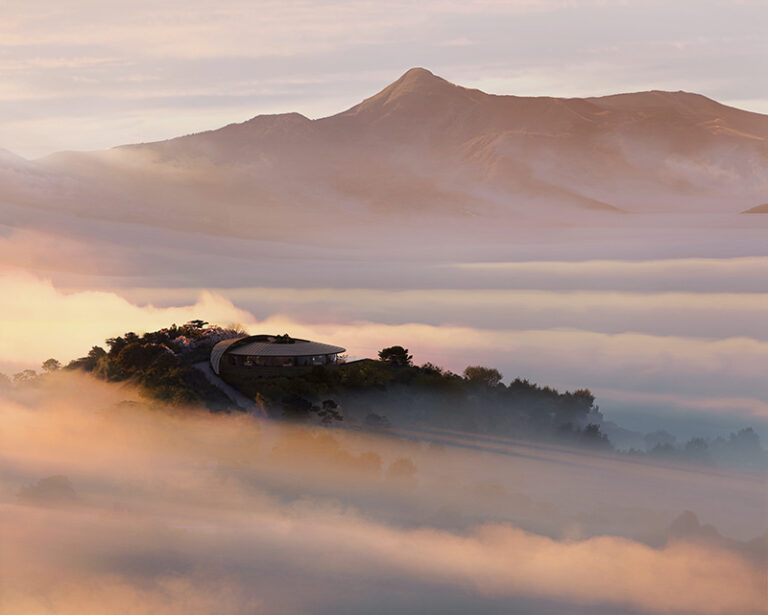
Architectural Harmony and Craftsmanship
The villas, designed as traditional Japanese single-story houses, use local materials and preserve key architectural elements such as facades, roofs, walls, and floors. Each villa features large, unified spaces with functional areas consolidated into separate volumes or pods, maintaining a balance between open living areas and private, intimate spaces.
Ryohei Koike, Associate at BIG, adds, “Setouchi’s dense and dramatic archipelago, with its beautiful undulating silhouettes, inspired our design. We aimed to enhance the panoramic views while creating moments of intimacy and privacy through minimal architectural interventions. NOT A HOTEL Setouchi merges the essence of BIG and modern Danish architecture with the DNA of NOT A HOTEL and traditional Japanese culture.”
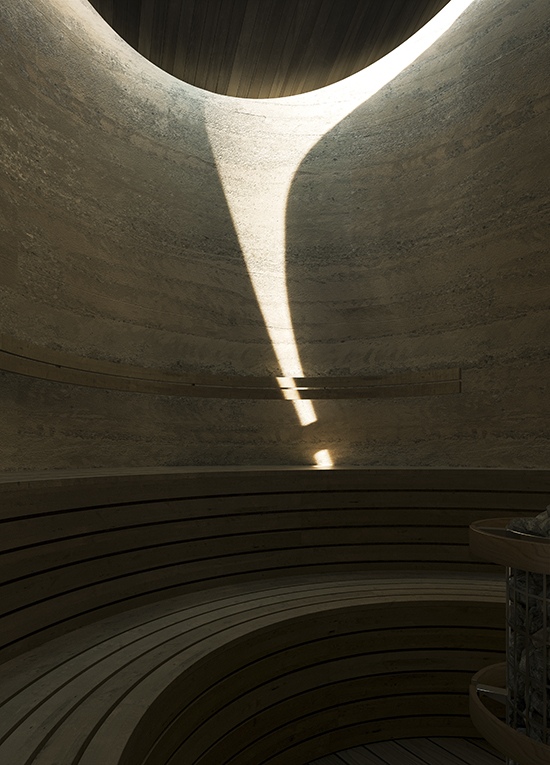
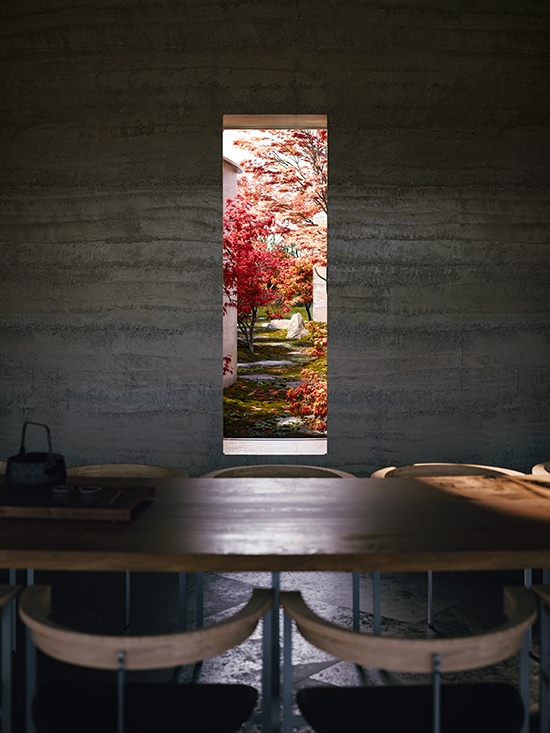
An Invitation to Experience
Reflecting on the collaboration, Bjarke Ingels anticipates the future: “The collaboration has been incredible, and I look forward to spending my first night in the result of our work. NOT A HOTEL Setouchi is an experiment in blending the Danish desire for simplicity with the care and perfection of Japanese craft.”
NOT A HOTEL on Sagi Island stands as a testament to the harmonious blend of Danish and Japanese architectural philosophies, offering an unparalleled experience of luxury and natural beauty.
